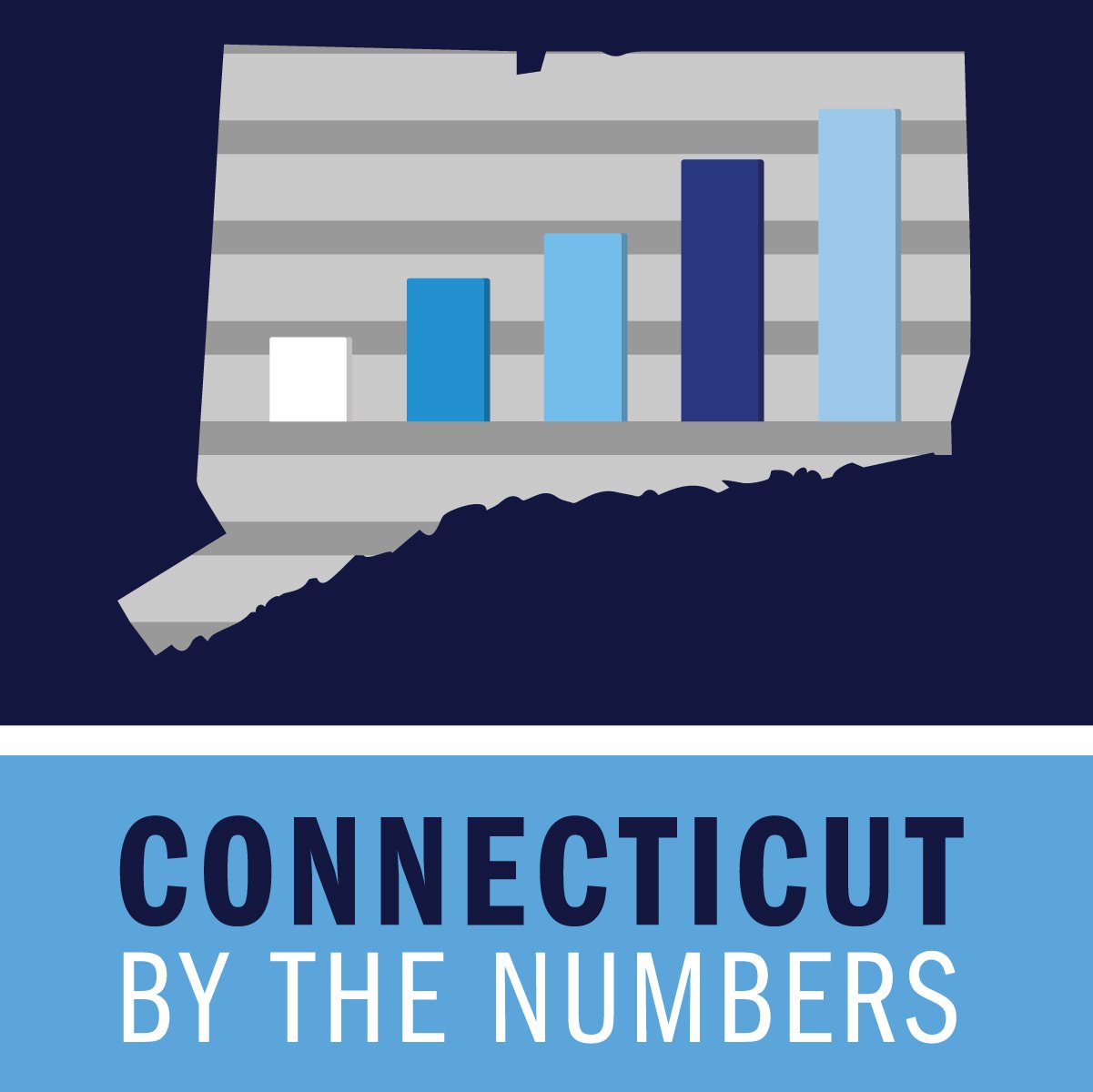State Looks to Address Tax Gap Highlighted by New Report
/The Connecticut Department of Revenue Services (DRS) has released the state’s tax gap report, required under Public Act 23-204 Sec. 374. This year’s report analyzes data from the 2022 tax year and estimates Connecticut’s net tax gap at $2.998 billion. This reflects the difference between the calculated gross tax gap of $3.702 billion and the approximately $704 million expected to be collected through ongoing DRS enforcement actions.
“Thanks to the foresight of the legislative body, our department was asked to produce this report help lawmakers make data-driven decisions about state tax policy,” said DRS Commissioner Mark Boughton. “This is a first for Connecticut, as there are very few states that have attempted to quantify their tax gap. This report positions us as a leader in this space to have transparent and informed discussions with lawmakers on a way forward to close the gap.”
The report is prepared by the DRS Research, Analytics, and Forecasting Unit and estimates the state’s tax gap, analyzes tax compliance, and recommends strategies to address tax avoidance. Overall, the report found that Connecticut’s tax gap aligns with national trends, meaning that the gap is not unique with compliance rates that are similar to those of the Internal Revenue Service (IRS).
“The most important takeaway from this report is that Connecticut faces similar challenges to the federal government in terms of collection,” said Boughton. “Additionally, DRS continues to implement new strategies to achieve voluntary compliance. These efforts include modernizing our technology, increasing our taxpayer education and outreach, and creating specialized auditor units to focus on small business owners and self-employed individuals, who are identified by the IRS as significant contributors to the tax gap. We’re thankful to the legislature for requesting this report and look forward to continued dialogue on our recommendations.”
Specifically, DRS recommends the following four-component strategy to address the tax gap:
1. People: Assess staffing levels and invest in workforce development. The tax gap report found a 20% decline in staffing levels over recent years, which negatively impacts enforcement efforts.
2. Processes: Drive efficiencies through process improvements. These process improvements include efforts already underway to streamline operations via myconneCT, the state’s online tax portal, and an intentional focus on taxpayer education and outreach through various methods (webinars, in-person presentations, social media).
3. Technology: Continue to modernize systems to enable data-driven decision-making. This includes the implementation of CTax, a state-of-the-art tax administration system utilized in more than 30 states, as well as investing in predictive modeling tools.
4. Commitment to the development of tax policy: Provide a series of ideas to mitigate the tax gap that would require legislative action. These include proposals to simplify tax statutes and filing requirements wherever possible to reduce confusion and promote compliance.
“Our people are our most valuable resource,” said Boughton. “I’m proud of the work our team does every day to guide taxpayers through the process and help them pay their taxes. Hiring more people will enhance our efforts to ensure higher voluntary compliance. It’s an essential part of closing the gap.”
The full report can be found under Statutory Reports (https://portal.ct.gov/drs/news---press-releases/statutory-reports) on the DRS website.






























